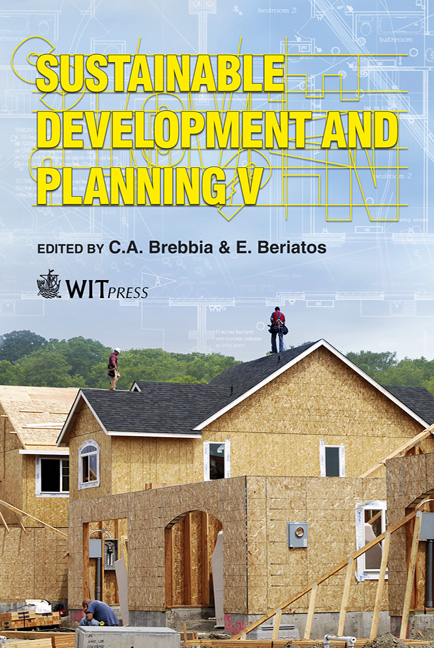Remediation Of Coastal Sandy Soils Polluted By Petroleum Leaks
Price
Free (open access)
Transaction
Volume
150
Pages
7
Page Range
469 - 475
Published
2011
Size
2,877 kb
Paper DOI
10.2495/SDP110391
Copyright
WIT Press
Author(s)
J. Tomás Albergaria, C. Delerue-Matos & M. da Conceição M. Alvim-Ferraz
Abstract
The group of pollutants containing benzene, toluene, ethylbenzene and xylene (commonly known as BTEX) is typically related to petroleum leaks. According to the United States Environmental Protection Agency that group of pollutants is one of the most often found in contaminated soils. The remediation technology that is commonly applied to the remediation of soils contaminated with those pollutants is Soil Vapour Extraction (SVE); through the induction of vacuum to the soil matrix, SVE promotes the circulation of air within the soil, conducting the contaminant vapours removed to extraction wells and later to the atmosphere, after convenient treatment. The location of petroleum refineries strongly depends on the requirement of significant amounts of water for process, cooling and steam; besides of that, mainly due to the need of guarantying efficient supply of raw materials and shipping of products, petroleum refineries are usually located in coastal areas, commonly constituted by sandy soils; coastal sandy soils normally have low content of natural organic matter, but high soil water content (SWC) that has an important role on the distribution of the pollutants in the soil phases and, consequently, on the time and efficiency of remediation with SVE. The complete knowledge of that role is extremely necessary to adopt the most efficient strategy for the site remediation, aiming, namely, to preview the remediation time required to reach a defined remediation efficiency imposed by legislation. This work presents the study of the influence of SWC on the remediation of soils contaminated with benzene and xylene using SVE. The main objectives
Keywords
petroleum leaks, soil remediation, sandy soils, soil vapour extraction, soil water content





